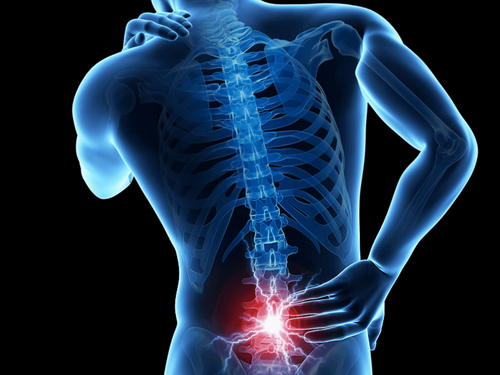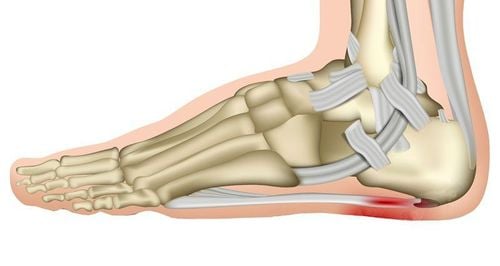Nội dung bạn đang tìm kiếm không có phiên bản tiếng Việt.
Vui lòng chọn tiếp tục để xem nội dung tiếng Anh hoặc đi đến trang chủ Tiếng Việt.
Rất xin lỗi về sự bất tiện này.

Home
Tag Amyloidosis
Articles in Amyloidosis
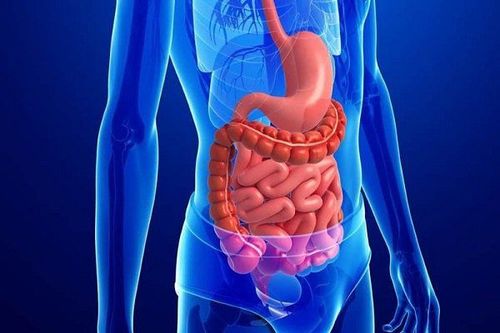
Clinical manifestations in organs of gastrointestinal amyloidosis
Amyloidosis is defined as the extracellular deposition of unbranched fibers with a β-pleated plate configuration. It can be acquired or inherited and systemic or localized. The common forms of systemic amyloidosis are: primary, secondary, dialysis-associated, and familial polyneuropathy.
Xem thêm
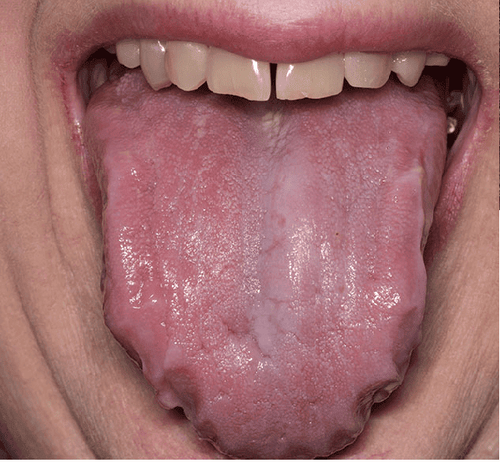
Amyloidosis – Pathophysiology and Clinical Manifestations
Amyloidosis, a heterogeneous group of disorders, is characterized by the extracellular deposition of misfolded, insoluble, fibrillar proteins. These extracellular proteins deposit in tissues, aggregate into symmetrically arranged pleated sheets, and cause distortion of tissue structure and function.
Xem thêm

Gastrointestinal amyloidosis – Establishing diagnosis and treatment
high degree of clinical suspicion is required to make a definitive diagnosis of gastrointestinal amyloidosis. Because of the rarity of the condition and the nonspecific signs and symptoms at presentation, these patients often undergo extensive and unnecessary testing to determine the cause of their clinical presentation.
Xem thêm

Clinical management of gastrointestinal amyloidosis
Amyloidosis is characterized by extracellular deposition of abnormal proteins, including primary, secondary, hemodialysis-associated, hereditary, and focal types. Primary amyloidosis is divided into monoclonal light chain-associated amyloidosis. Secondary amyloidosis is associated with inflammatory, infectious, and neoplastic diseases. Amyloid deposition in the gastrointestinal tract may manifest as symptoms including diarrhea, dysuria, or constipation.
Xem thêm
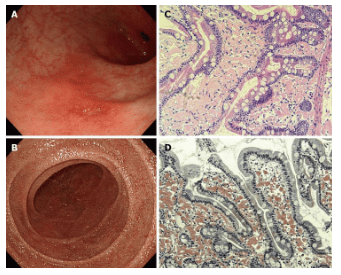
Amyloidosis - Prevalence and classification
In 1853, Rudolf Virchow first used the term “amyloid” to describe deposits in the brain that closely resembled starch after they were stained with iodine and sulfuric acid. Amyloidosis comprises a heterogeneous group of disorders characterized by extracellular deposition of fibrillar fibers that aggregate into a three-dimensional ß-lamina (anti-patterned sheet) in tissues, disrupting normal tissue structure and function.
Xem thêm












